I'm new to Assembly x86, using the AT&T format. Below I'm working on a question that is asking me to find the instruction suffix to each of the instructions, but I can't figure out any of these instruction's suffixes. I tried looking at past questions such as Chosing suffix (l-b-w) for mov instruction and How to determine the appropriate MOV instruction suffix based on the operands? but they haven't been that helpful and I still don't understand how these instructions' suffixes were determined. Can you explain each one of them by any chance?

